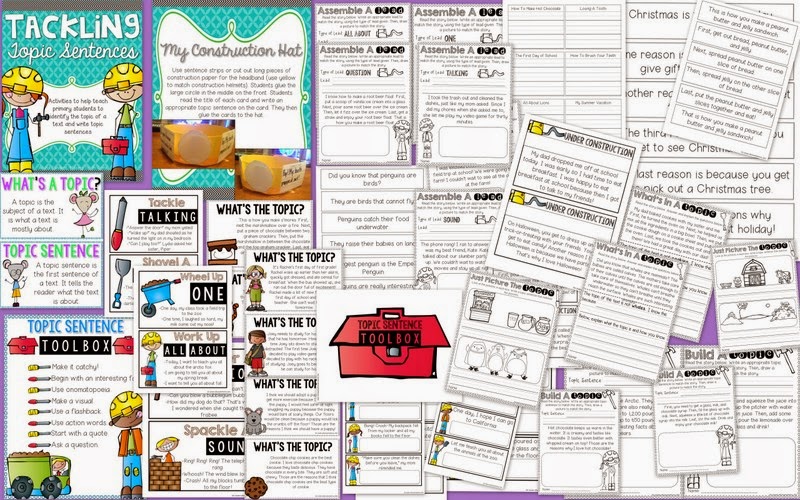Hi friends! It's Kristen from Easy Teaching Tools and I'm happy to team up with Go Noodle to bring you a fun art project that your students will love! We are a complete Go Noodle classroom! We use Go Noodle to transition from journal writing to phonics and our read aloud to math. If I forget our brain break, they most definitely will remind me! My friends beg for Go Noodle and have many of the brain breaks memorized. Since my students love art, especially directed drawings, I thought it would be fun to create one using our latest champ, Rad Chad!
Students grabbed a piece of white paper and a black sharpie and we got to work. I know what you're thinking, "A sharpie, what if they make a mistake?" I always tell my kids, "There's no such thing as a mistake when we're doing art!"
I've found that directed drawings work best using a doc came and, a quiet classroom, and a little Jack Johnson. I always remind my friends that the purpose of a directed drawing is to have fun and to follow directions. Some times I'll give directions orally as I draw or sometimes, when I really want them to focus, I'll just draw a step and have my kiddos copy it.
Tip #1
There is a way to eliminate students always asking, "Is this right?" Set your expectations beforehand. After every few steps, have students hold up their artwork so you can scan the room quickly to make sure students are on task and following directions. This is a great time to give compliments!
The whole drawing process took my 2nd graders about 10 minutes. They looked a little scary at first, but once we added some watercolors, they looked like Rad Chad, I promise!
Tip #2
Since you'll only need two colors, you can pour a little paint into a bowl and add some water to make your own watercolor! If you want a bright background, just have your students add a different color for a POP!
Tip #3
Add your students' art to a memory book or a bulletin board for a great pop of color.
My kiddos were absolutely ecstatic about this project. Here are some sweet things my friends said:
"Thank you so much for letting us do art!"
"I wish we could tell Go Noodle how much we love making Rad Chad!"
"This is the best day EVER!"
I'm not making this stuff up, friends!
If you want to share this art project with your class, grab the step-by-step directions for for free! You can also see the original post over at Go Noodle.



























































